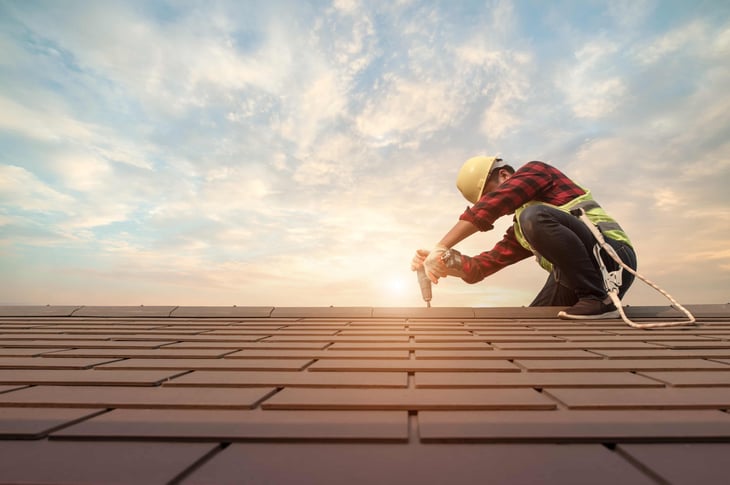
Editor's Note: This story originally appeared on LawnStarter.
You probably already know that roofs are constructed from many materials, but did you know metal roofs are not prone to lightning strikes? Wood, asphalt, or any other materials used in roofing are just as likely to be struck by lightning.
Installing a new roof won’t just protect you from the elements, it will pay for itself over time and increase your home’s energy efficiency. Read on to discover seven benefits of installing a new roof.
What Are the Benefits of Installing a New Roof?

We often take our roof for granted, forgetting it even needs our attention until there is a problem, but roofs are one of the most important components of our home. They protect us, shielding us from the elements, extreme temperatures, and hazardous mold.
According to the National Association of Realtors (NAR), the average roof has a lifespan of 30 years, and 33% of Realtors recommend installing a new roof before selling your home. While the initial cost may leave you apprehensive, there are many benefits to installing a new roof.
1. Increased Energy Efficiency
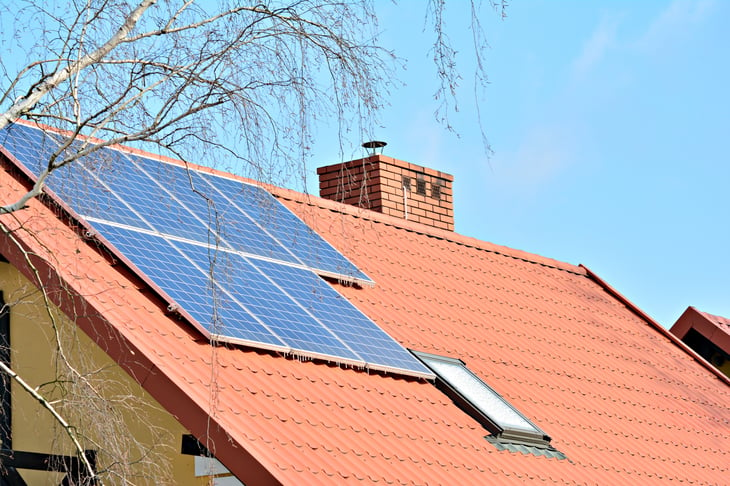
Like many things, roof installation and technology get better with time. While your roof may not be leaking water, older roofs can leak air and cannot reflect heat away from your home. In fact, the old shingles absorb heat, bringing it into your home.
New roofs are cost-effective. Many shingle options repel heat more efficiently, saving you money by running your HVAC system less frequently. Additionally, you can choose a lighter, more energy-efficient color that will reduce the absorption of the sun’s rays. Your new roof will earn back some of your investment every month with reduced energy costs.
2. High Return on Investment

Installing a new roof will do more than save you money on energy bills during the height of summer. A new roof can enhance resale value and help you sell your home more quickly. On average, installing a new roof increases the selling price of your home by $15,000.
Homebuyers do not want to spend a lot of time making structural repairs and updates to their new home. If your roof is leaking or sagging, it is probably best to install a new roof before putting your home on the market. Roof repairs could turn off potential buyers, and many insurance companies will refuse to cover a home until they replace the roof, affecting their ability to obtain a mortgage.
Installing a new roof is costly, but according to the NAR, a new roof will have a 100% return on your investment. You will recover all of your money and signal to potential buyers that you have taken care of your home.
3. Enhanced Curb Appeal
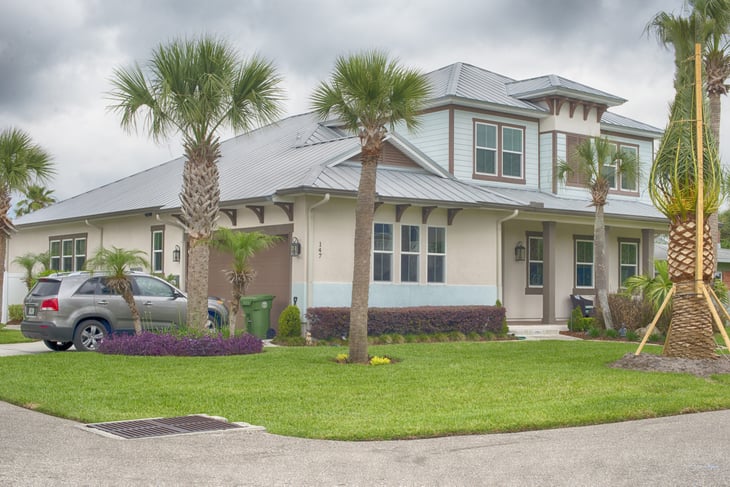
Chances are good that you don’t spend a lot of time admiring your roof, but it is one of the most visible features of your home. Your roof makes up approximately 40% of your home’s exterior and is one of the most visible features.
A new roof enhances curb appeal, coming in many materials and colors to match the aesthetics of your home and neighborhood. Not only will you increase your property value, but installing a new roof also will give your home a much-needed makeover.
4. Reduced Health Risks

Roofs protect us by keeping the elements where they belong — outside. Leaks are not always noticeable and can build up over time, creating a moist environment and contributing to mold and mildew.
Mold and mildew can cause potential health problems, even in those people with no history of allergies or asthma. Replacing your roof ensures a dry environment free from the dangers of moisture.
5. Increased Safety
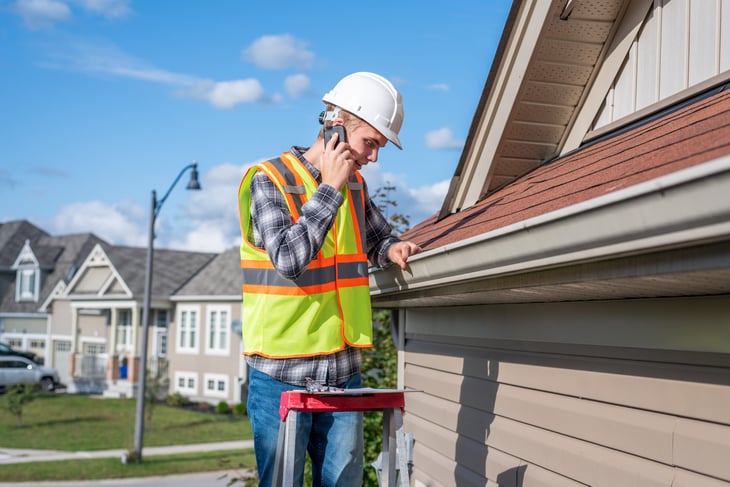
Roofs aren’t just designed to repel water. They protect you and your home from falling debris and gusty wind. Over time, the structure of your roof weakens. Roof replacement strengthens the structural integrity of your home, reducing the risk of collapse. It is especially important to monitor the health of your roof if you live in areas with frequent inclement weather.
6. New Roof Warranty
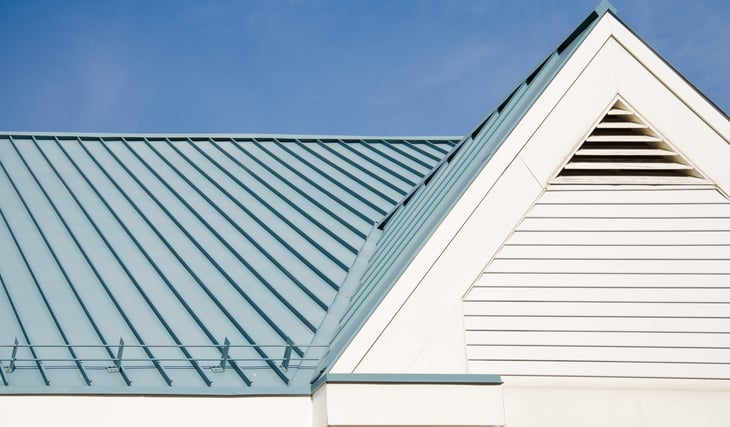
You have probably never even considered a roof warranty because yours expired long ago. However, new roofs come with new manufacturer’s warranties.
Many cover certain types of repairs, and sometimes even parts and labor, for a specified period. Your new warranty will depend on the company roofing your home and the type of shingles or roofing materials you select.
7. Lower Insurance Premium

Homeowners insurance costs an average of $1,899 per year. There are several home improvement upgrades you can make to lower the cost of your premium, including installing a new roof. A new roof can lower your premium between 5% to 35% depending on your policy details, location, and roofing materials.
What Are the Signs You Need to Replace Your Roof?
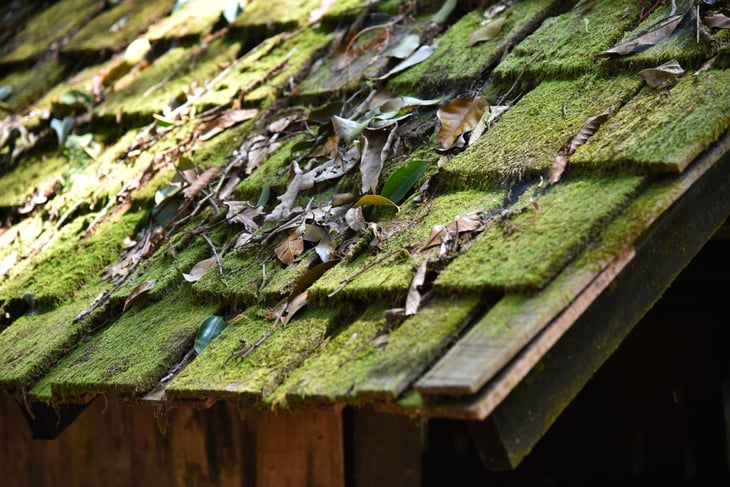
Replacing a roof is not high on anyone’s list of favorite things. Most of the time, you can prevent leaks and problems by paying attention to the visible clues from your roof. However, damage can still sneak up on you, especially if you live in an area prone to severe weather.
Seeing daylight through your roof is never a good thing. Besides something obvious like that, though, look for these other telltale signs it is time to replace your roof:
- Damaged, loose, curled, missing, or mossy shingles
- Damage or discoloration around vents, chimneys, or skylights
- Sagging areas
- Visible leaks or water damage
- Grit (flakes of asphalt shingles) in your gutters
- Your roof is over 20 years old
- Neighbors are having their roofs replaced
FAQ About Installing a New Roof
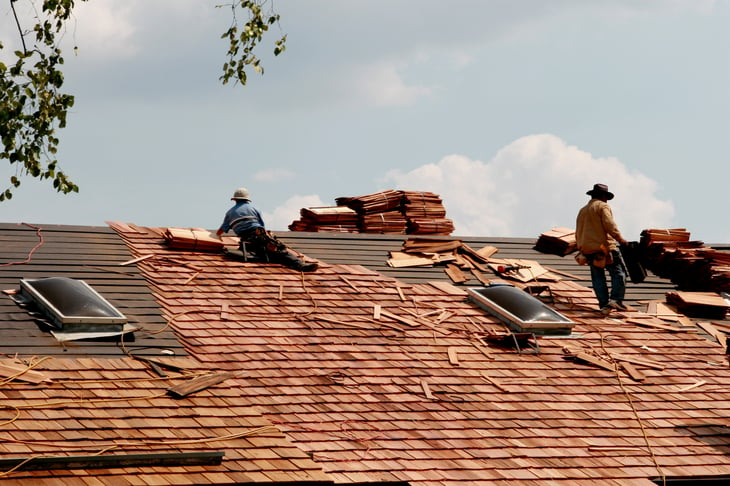
Now, let’s look at the answers to some commonly asked questions about installing a new roof.
Do I need to replace my entire roof or just the shingles?
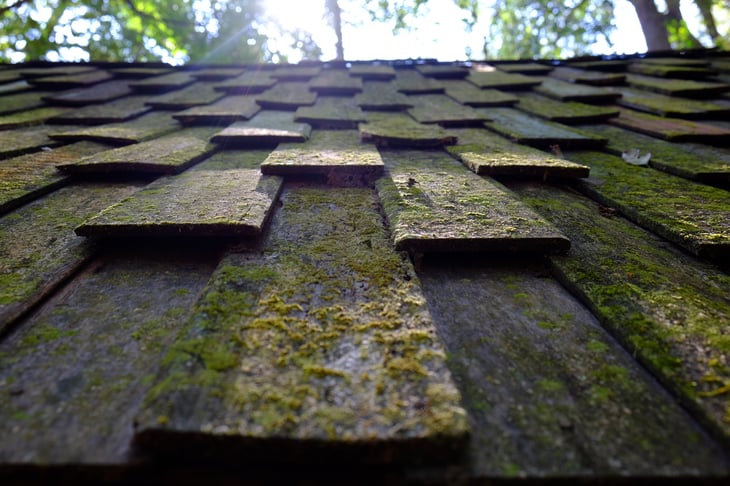
Most of the time, shingle damage signifies it is time to replace your roof. However, storm damage and shoddy workmanship also can lead to missing shingles.
You may benefit from shingle replacement if you notice missing or damaged shingles in a confined area. However, if your roof is old, your shingles are curling, or you see pieces of shingles in your gutters or yard, it is time for a new roof system.
Do I need a whole new roof if I find a leak?
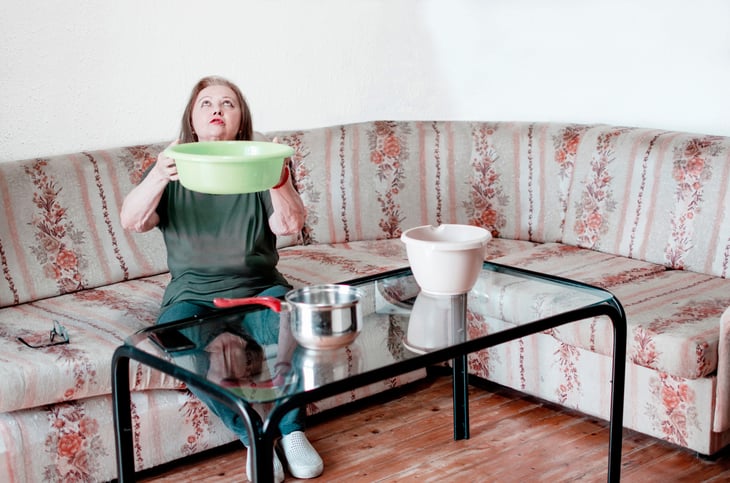
No, you do not always need a whole new roof if yours is leaking. If you notice missing or cracked shingles that were damaged by a storm or high winds, the exposed underlayment could allow water to flow through nail holes. Many times, roofing contractors can seal these leaks. Save money and have a professional roofing company perform an inspection.
Additionally, tile roofs are prone to flashing leaks. The seams joining the tiles are the roof’s weakest points. Perform regular maintenance inspections and repairs to prevent leaks. If you notice sagging areas on your roof or ceilings, it is definitely time to replace your entire roof.
How much does a new roof cost?
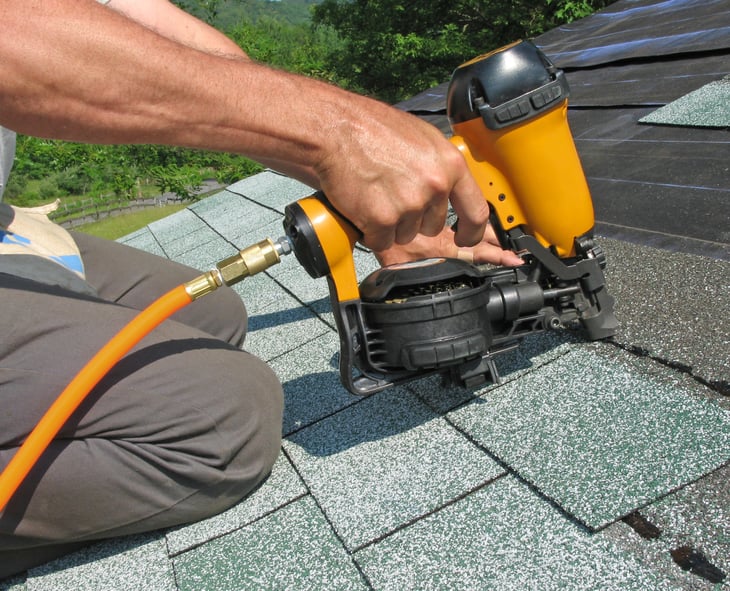
A new roof requires more than just tearing shingles off your old roof and replacing them with new shingles. The cost of a roofing system includes shingles and all structural components. Nationally, new roof systems cost between $8,000 and $21,500 for an average cost of $14,500.
When to Consider a New Roof
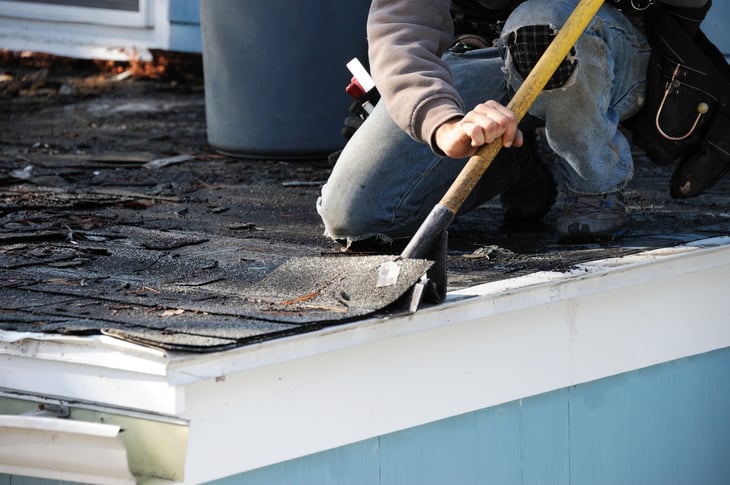
Saving money is wise. In many situations, it is better to repair for less money than to replace for more money. However, that is not the case with a roof. Roofs aren’t just an ornamental and aesthetic component of your home. They are an important structural and protective feature.





Add a Comment
Our Policy: We welcome relevant and respectful comments in order to foster healthy and informative discussions. All other comments may be removed. Comments with links are automatically held for moderation.